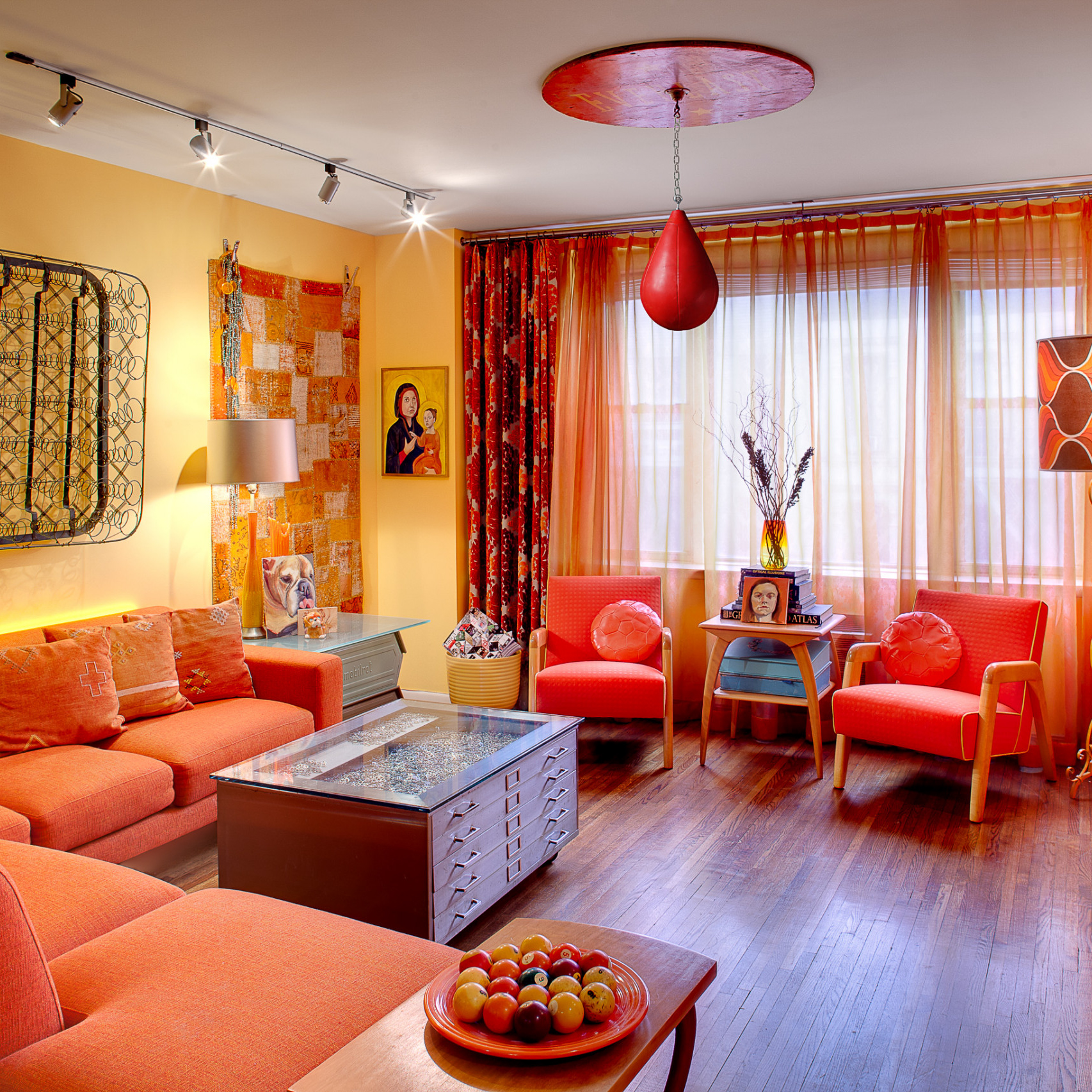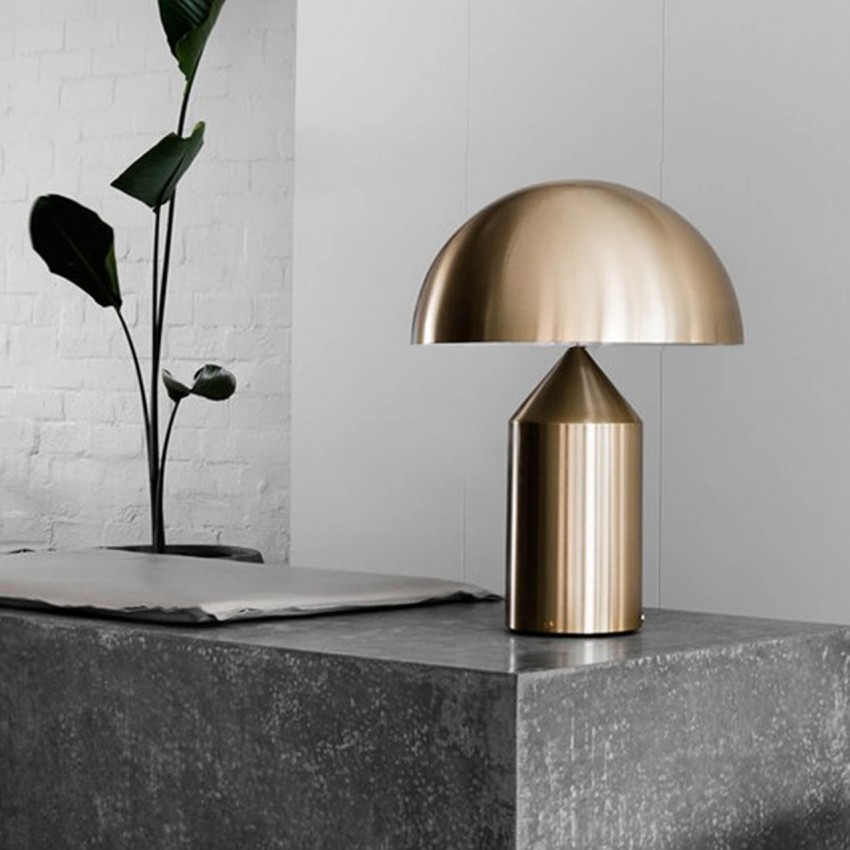Introduction
Ceiling tops, also known as ceiling heights, are a crucial aspect of architecture that can significantly impact the overall function, aesthetics and atmosphere of a space. Ceiling heights can create a sense of spaciousness, grandeur and luxury or can be used to create a more intimate and cozy environment.
In this article, we will explore the various benefits and challenges that come with ceiling tops, and look at some examples of how they have been used effectively in both historical and contemporary designs.
The Benefits of Ceiling Tops
1. Enhancing the Appearance of a Space
One of the primary benefits of a high ceiling is that it can make a room look larger, grander and more opulent. This is particularly useful in spaces such as ballrooms, churches, and museums, where a sense of spaciousness and grandeur are desirable.
Conversely, lower ceilings can create a more intimate and cozy atmosphere, which is useful in spaces such as restaurants, cafes, and living rooms, where a sense of warmth and coziness is preferred.
2. Improved Air Circulation and Lighting
A high ceiling can also improve air circulation and natural lighting. This is because hot air rises, creating a convection current that can help to circulate cool air around the room. Additionally, a high ceiling allows more natural light into the space, reducing the need for artificial lighting and creating a more comfortable and inviting atmosphere.
3. More opportunities for design and decoration
A high ceiling provides more opportunities for creative design and decoration. For example, a vaulted ceiling can add a sense of elegance and grandeur to a room, while coffered ceilings add a more intricate and decorative touch.
The Challenges of Ceiling Tops
1. Energy Efficiency
High ceilings can be more challenging to heat and cool, as the increased volume of space requires more energy to maintain a comfortable temperature. This can lead to higher energy bills and a less environmentally-friendly building design.
2. Acoustics
Tall ceilings can create an echo and reverberation, making it difficult to hear and communicate effectively within the space. This is particularly problematic for spaces such as lecture halls, auditoriums, and concert venues, where clear and concise communication is essential.
Examples of Effective Ceiling Heights
1. The Sistine Chapel
The Sistine Chapel in Rome is a stunning example of the use of ceiling height to create a profound sense of grandeur and awe. The soaring vaulted ceiling, painted by Michelangelo, creates an illusion of infinite space, making it feel as though the ceiling is not there at all.
2. The Sydney Opera House
The Sydney Opera House is a modern example of the effective use of ceiling height in architecture. The tall ceilings in the concert hall allow for a rich and full sound, while the vaulted ceilings in the foyer create a sense of grandeur and elegance.
3. The National Library of China
The National Library of China is a fascinating example of how ceiling heights can be used to create a sense of peace and tranquility. The reading rooms feature high ceilings with a soft, diffuse light, creating a calm and serene environment that is conducive to study and intellectual contemplation.



